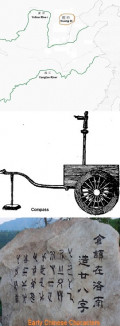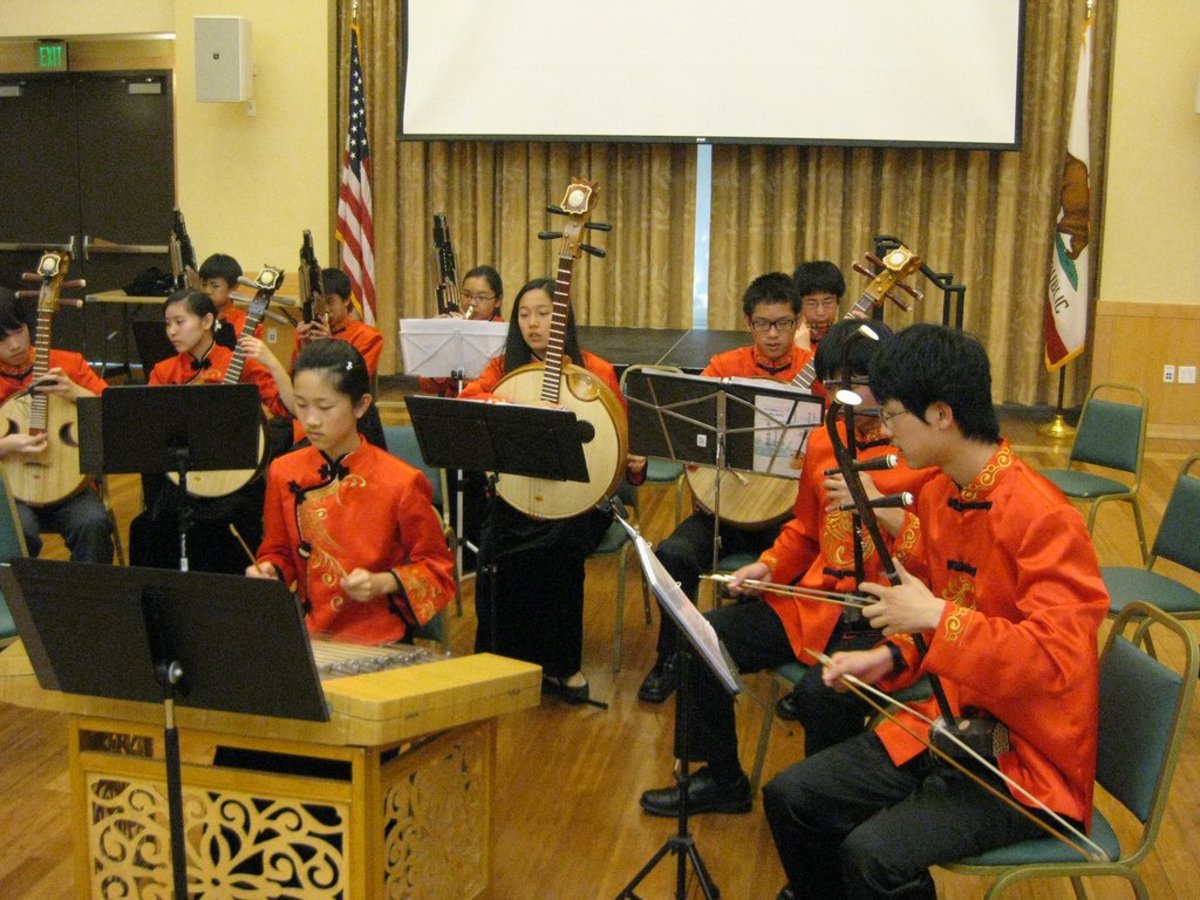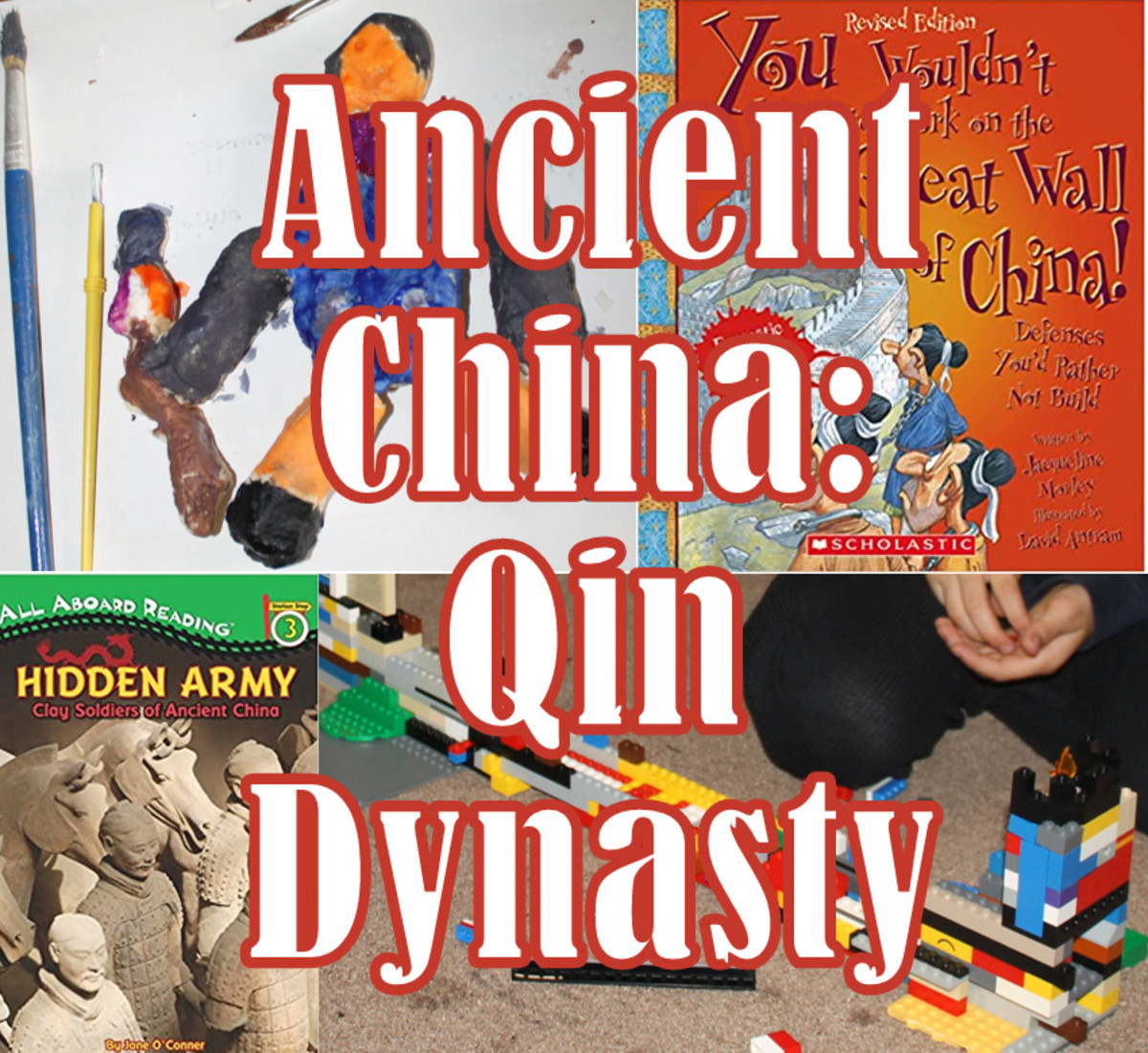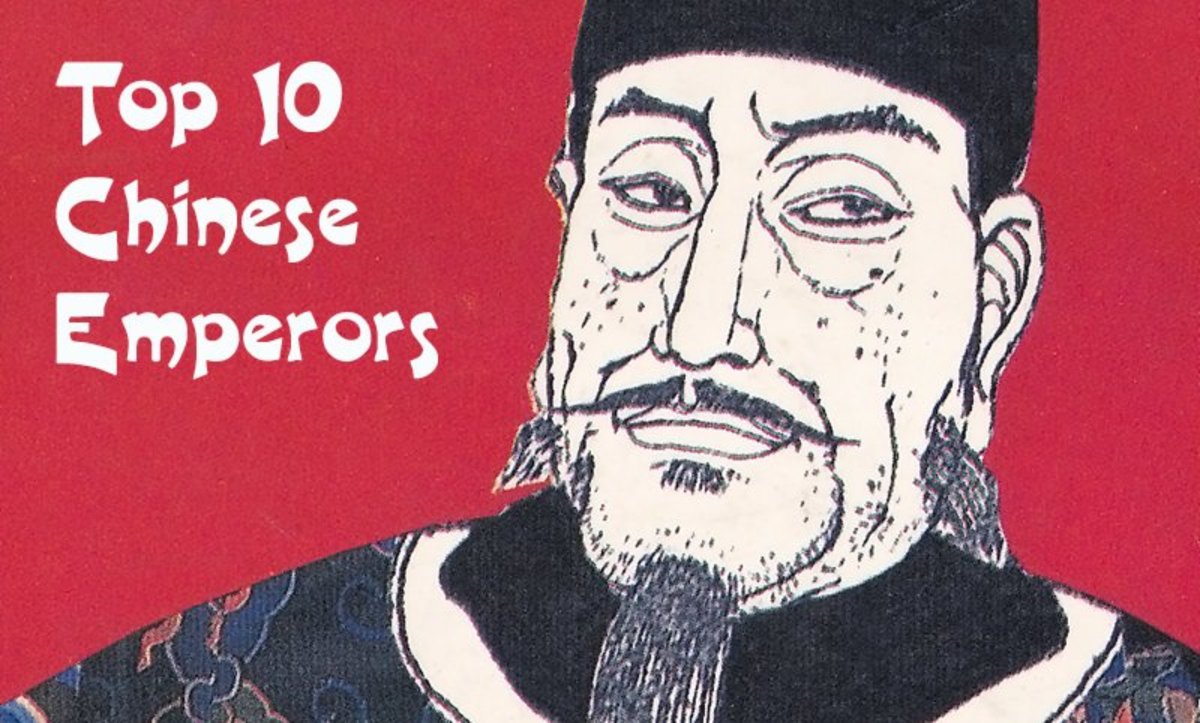- HubPages»
- Education and Science»
- History & Archaeology»
- History of Asia
5000 years of Chinese History at a Glance, Part 4
Chinese history is divided chronologically into time periods of its rulers with the associated dynasty name. To help easy remembrance of 5000 years of changing periods of rulers, the unique dynasty names are used in a verse as followed:
Huang_di, Yao, Shun, Xia, Shang, Zhou, Spring_Autum, Warring States was chaotic, Chin, Han, 3kingdom, Jin unified again, South_state, North_state opposing each other, Sui, Tang, 5dynasties, 10nations, Sung, Yuan, Ming, Qing and end of the monarchy.
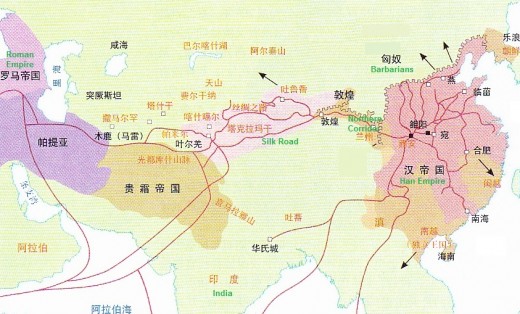
Han (BC202 – AD 219)
After the fall of the Chin dynasty, a lord from the region called Han defeated all the rebels, consolidated his power, and proclaimed to be the emperor of the new Han dynasty. After years of war and learning from the failures of the previous dynasties, the first 3 emperors tried to maintain a fragile peace with the barbarians in the northwest, reduce the peasant’s taxes, and allow the people more latitudes to live their lives. The results were 40 years of what the historians called the golden periods. However, the next emperor, Wu Di, was young, ambitious, and a natural strategist. He had had enough with the one-sided peace treaty with the barbarians in the northwest. After building a strong army and enough food supply, he planned and waged a long and protracted war against the barbarians. After 43 years, he succeeded in destroying their power structures and scattering the remaining nomadic army into the far reaches of the northwestern desert. Most importantly, his endeavors opened up the northern corridor and established the trading path called the Silk Road to as far west as the Roman territory.
Under Wu Di’s reign of 54 years, he had used the country’s military power to extend Han dynasty’s territory to unprecedented size. His rule and power were feared and respected by the neighboring countries and the name Han was used to identify the Chinese people to the present day. After Wu Di, the throne was passed through 19 more emperors in the same bloodlines. Some of them made modest contributions to the welfare of the country, while the majority of them was incompetent, had never stepped out of the imperial court, and knew only decadence. Eventually, Han dynasty collapsed and was taken over by the ambitious inner court official.
Han dynasty lasted 421 years through 24 emperors. The significant events were the adaptation of the Confucius teachings to run every facet of the country’s affairs and the arrival of Buddhism from India over the northern corridor.
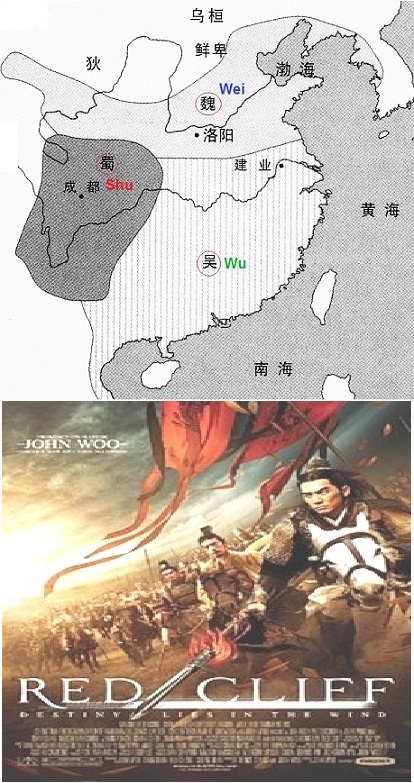
3 Kingdoms (AD220 – AD264)
Even though this unstable period lasted only 46 years, there are more people familiar with what was going on during the 3 Kingdoms than any other times in history. The primary reason is due to the many books and movies that romanticized the people and events involved in that period of times. The most famous character was a strategist named Chu Kuo Liang. He was knowledgeable in the affairs of all the states, warfare, astrology, and astronomy.
After the fall of the Han dynasty, the country was divided into 3 states of power each proclaiming to be the emperor and striving to eliminate the others. It was a time of intrigue, skirmish, betrayal, heroic, and romance.
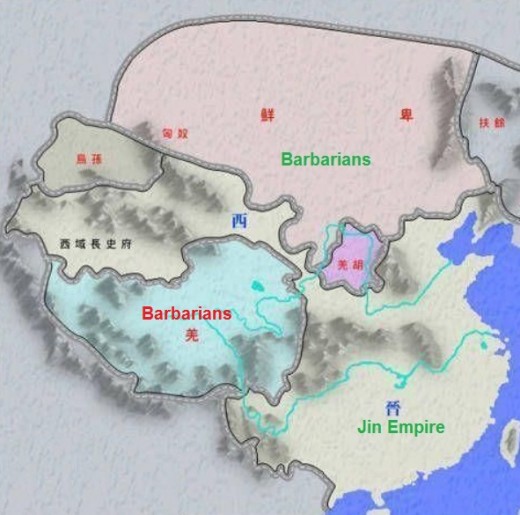
Jin (AD265 – AD419)
After 46 years of unrest, the divided land was again unified by a powerful and ambitious family in the imperial court of the most powerful and resourceful state. They took advantage of the emperor’s weak and immature characters to gain power and the eventual control of the state. Since the family was granted to be the lord of the Jin province, the new empire was called the Jin dynasty. The Jin emperor could afford to wait till the other two states were at their weakest periods, usually at the demise of their rulers to start the invasion. After several years of patience, the Jin emperor finally succeeded in conquering the adversaries and unified the whole country again.
Unfortunately, the future generations of the Jin Empire were either too young or incapable and fallen under the control and influence of the others. What followed was 156 years of civil wars and barbarian invasions. The barbarians from the north, northeast, and west succeeded in occupying many territories in the central China. They adopted not only the Chinese ways of ruling the territory but also its way of life. This intermixing strengthened the characters and gene pools of the Chinese population.
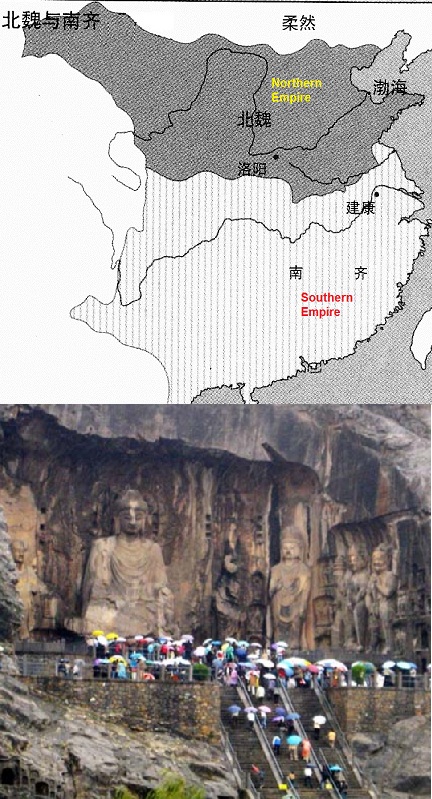
South and North (AD420 – AD588)
After the collapse of the Jin dynasty, the country was divided into two spheres of influence. One claimed the northern part of the country for its power, thus, called the Northern dynasty. Its rulers were the descendants of the invading barbarians from the north and northeast. Over times, they adopted the more advanced culture and were absorbed by the Han’s civilization.
The southern part of the country was taken over by the rebels who overthrown the Jin dynasty and was appropriately called the Southern dynasty. Both dynasties were characterized by constant in-fighting and corruptions. In addition, they saw each other as a threat, thus, engaging in incessant battles hopping to destroy the other and unify the country. For the next 168 years, the civilian’s lives were seldom tranquil and peaceful. Unrests and sufferings were the norm. As a result, they turned to Buddhism en masse to seek spiritual relief. Buddhist teachings, monasteries, and followers reached their zenith. From this period on, Buddhism has become an integral part of Chinese ways of life supplementing Confucianism and Taoism.

